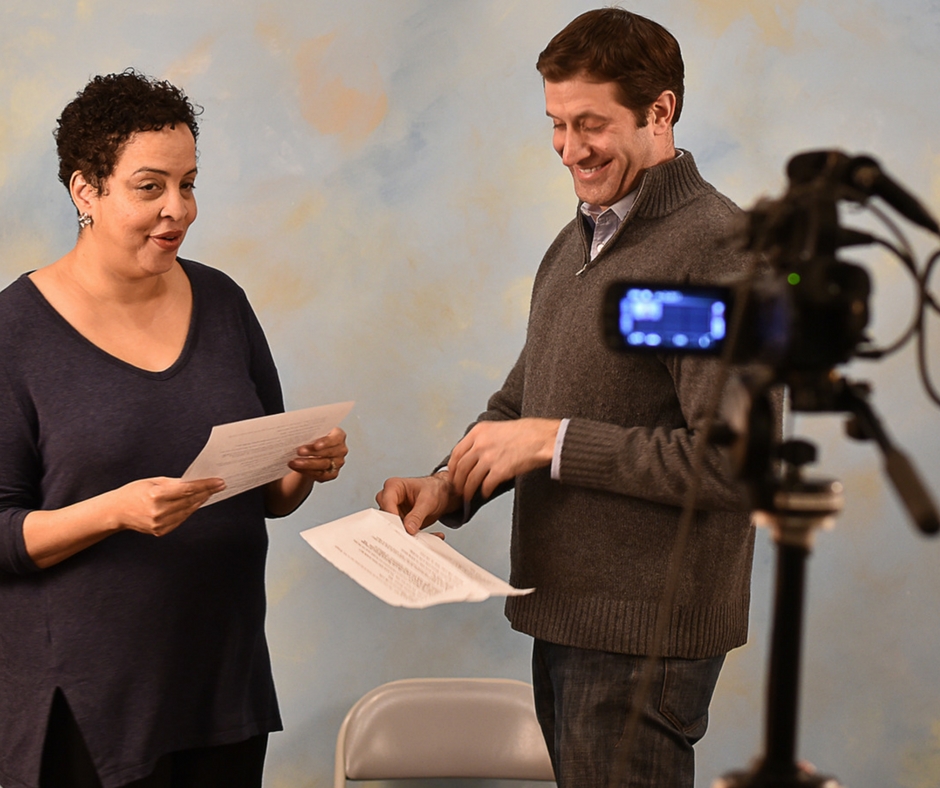It’s All In The Timing
Advice for the Commercial Audition
by Matt Miller
Commercial copy is intensely structured stuff and actors often don’t realize how they can use the structure of the commercial to their advantage when preparing their commercial audition.
Fun fact: a broadcast TV commercial—and this is a notable designation as commercials made for the internet do not have the same rules—must fit into a very rigid running time: 15, 30, or 60 seconds. You can’t have a 16 second spot. You can’t have a 32 second spot. There is no wiggle room in broadcast. The copywriter knows this, of course, and so they are generally writing and honing the copy with the aid of a stopwatch. Furthermore, most commercials have a 3-4 second end tag wherein the logo is displayed often with a chyron containing a phone number, a website address, or the dates of a sale.
That’s truly helpful information for an actor to know heading into auditions. Why? Because the structure of the commercial dictates your pace and delivery.
Lets say I’m making a 15 second commercial for Advil. Lets also say it features three people talking testimonial style to the camera about how Advil helps them with their aches and pains. Each person has about two or three lines. There’s also a 3 second end tag with a voiceover and the company logo that has to come out of the overall running time, so the testimonial part of the commercial must run no longer than 12 seconds. Doing the math, that leaves roughly 4 seconds for each actor’s performance assuming the lines are relatively equal in length.
That might not seem like a big revelation, but knowing that your performance needs to fit in an approximate 4 second window is a huge advantage over other actors that might not be thinking of those time constraints. In preparing your commercial audition, you might find that you’re consistently clocking in at 3 seconds, which means you have a good second of wiggle room to potentially let your delivery breathe a bit or maybe play with a discovery moment a touch more. Or conversely, you might find your read is clocking in closer to 6 seconds which means you need to be looking for ways to tighten your performance and still keep things sounding and feeling natural.
Another helpful takeaway for actors who pay close attention to timings and structure is a deeper understanding of the message that needs to be communicated—form follows function, after all.
As a director, it’s very clear when watching commercial auditions which actors have a grasp on the timing of a moment and which are flying blind. By the time a director reaches auditions, they generally been reading the copy aloud to themselves ad nauseum and have conducted numerous timings independent of the copywriter; they know the rough pace they will need to hit on the shoot day. So an actor then who has an awareness of structure and whose performance fits into that basic ballpark of allotted time often prompts a visceral response: “Yep, that’s it.”




